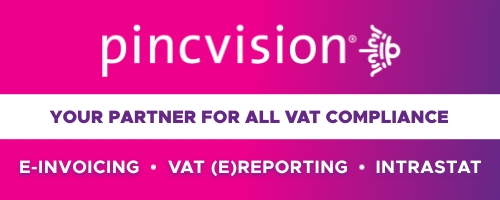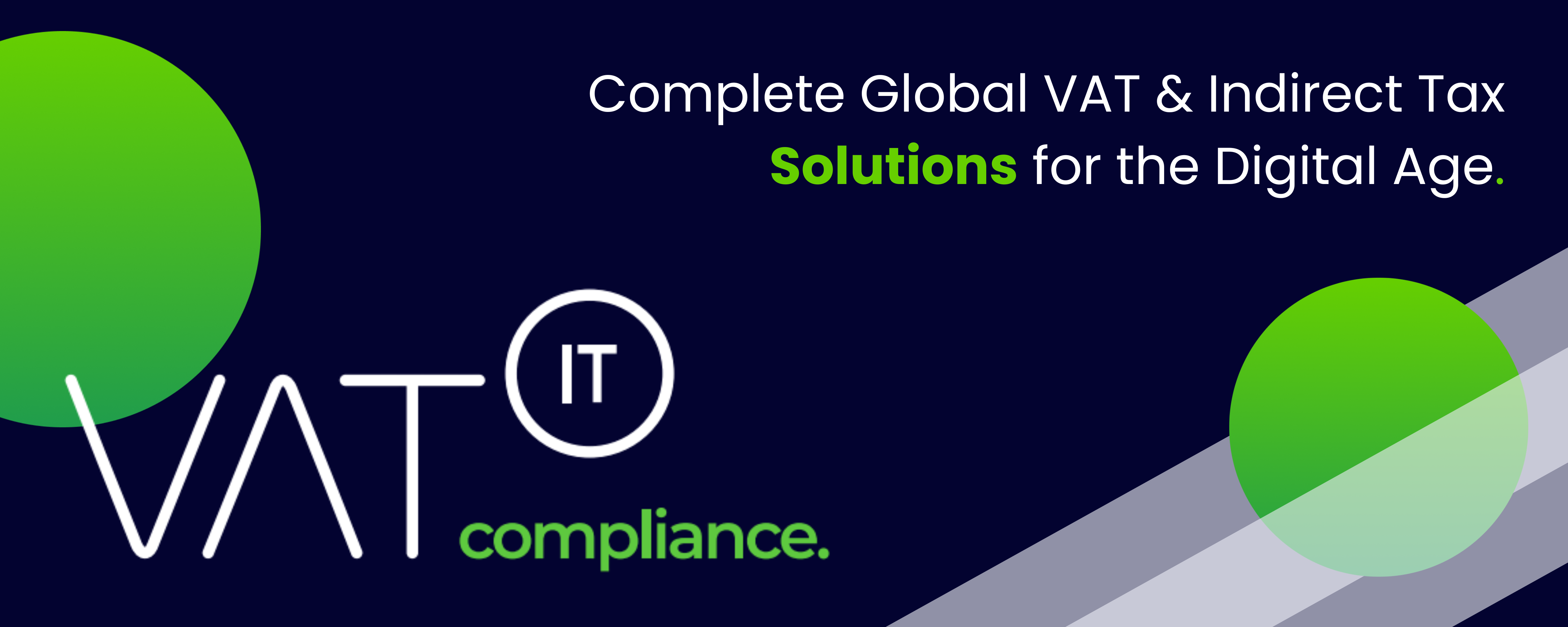Updated May 19, 2025
- Mandatory Printed Electronic Receipts: The Chilean Internal Revenue Service (SII) has issued Resolution No. 12, requiring businesses to provide printed electronic receipts or payment vouchers for all in-person transactions, regardless of payment method, to enhance VAT compliance and combat tax evasion. Businesses without printing capabilities must comply by March 1, 2026.
- Established Electronic Invoicing System: Since February 1, 2018, all companies in Chile must issue tax documents electronically, rendering paper documents invalid. The SII offers various invoicing systems, and businesses are obligated to use Electronic Tax Documents (DTEs) for transactions, ensuring proper tax documentation and validation.
- Electronic Receipt Requirements: Electronic receipts must be generated and sent to the SII within one hour, detailing net prices and VAT separately. Businesses must maintain these receipts in XML format for six years and now must print them for in-person sales, aligning with the new mandate. Additionally, a Daily Sales Summary must be submitted electronically.
Latest news
- Chile’s E-Invoicing and New Tax Documentation Rules – VATupdate
- Buyer Identification Requirement – VATupdate
- Chilean IRS Clarifies Sales Documentation and Payer Identification Procedures in New Resolution – VATupdate
- Chile Mandates Printed E-Invoices and Receipts for Customers Starting May 2025 – VATupdate
Sources
Website authorities
- See also
- Join the Linkedin Group on Global E-Invoicing/E-Reporting/SAF-T Developments, click HERE















